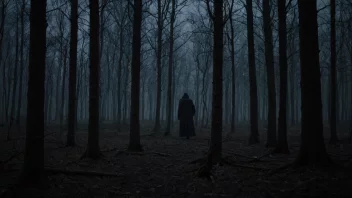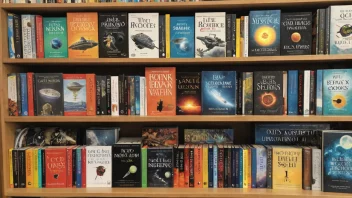1. Understanding the Character's Motivations
Backstory provides insight into a character's motivations, helping readers understand why they make certain choices. For example, a character who experienced betrayal in their youth may struggle with trust issues in adulthood.
2. Creating Depth and Complexity
Characters with rich backstories tend to feel more real and relatable. A well-developed backstory adds layers to a character, making them more complex and engaging for readers.
3. Enhancing Emotional Connection
Readers often form emotional connections with characters when they learn about their past. A character's struggles and triumphs can resonate with readers, fostering empathy and investment in their journey.
4. Driving the Plot Forward
Backstory can serve as a driving force in the plot. It often influences the character's present actions and decisions, creating conflict and tension that propel the story forward.
5. Revealing Themes and Motifs
Through backstory, authors can introduce key themes and motifs that resonate throughout the narrative. For instance, a character's history of loss might underline themes of grief and healing.
6. Adding Authenticity to Character Relationships
Understanding a character's backstory can illuminate their relationships with others. It explains why they may have strained ties with family or deep connections with friends, enhancing the story's authenticity.
7. Facilitating Character Growth
Backstory sets the stage for character development. Readers can witness how past experiences shape a character’s growth, providing a satisfying arc as they confront and overcome their history.
8. Enriching World-Building
A character's backstory can also contribute to the world-building aspect of a story. Details about their past can reveal cultural, social, or historical contexts that enhance the setting.
9. Creating Foreshadowing Opportunities
Backstory can serve as a tool for foreshadowing. Subtle hints about a character’s past can create tension and anticipation for future events, keeping readers engaged and guessing.
10. Inviting Reader Interpretation
Finally, a well-crafted backstory invites readers to interpret and understand characters in their own way. Different readers may draw varied conclusions about a character based on their history, enriching the reading experience.
In conclusion, backstory is a crucial element of character development that enhances motivation, complexity, emotional connection, and more. By weaving backstories into narratives, authors can create richer, more engaging literary experiences that resonate with readers on multiple levels.






